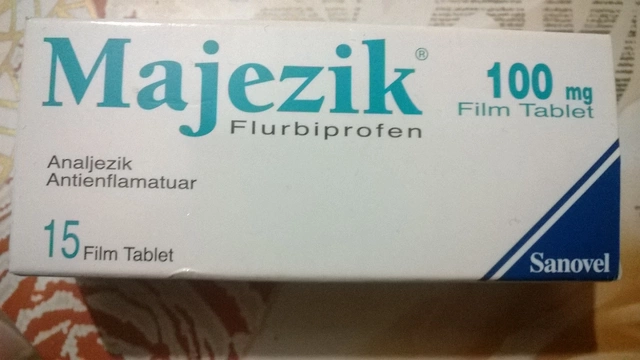Mastocytosis treatment: what works and what to do now
Mastocytosis can turn normal things—heat, alcohol, insect stings—into severe reactions. If you’re dealing with flushing, itching, GI issues, or anaphylaxis risk, treatment focuses on two goals: control symptoms and reduce dangerous mast cell activity when needed. Here’s a clear, practical guide to common treatments and safety steps you can use today.
Quick symptom control
Start with simple, effective medicines. H1 antihistamines (cetirizine, loratadine) help itching and flushing. H2 blockers (ranitidine is off many markets, so ask your doctor for alternatives like famotidine) can ease stomach symptoms and acid reflux linked to mast cell activation. Mast cell stabilizers such as cromolyn sodium help gut symptoms and sometimes skin problems.
Leukotriene modifiers (montelukast) may reduce wheeze or nasal symptoms. For severe skin or airway inflammation, short courses of oral corticosteroids are useful, but doctors try to avoid long-term steroid use because of side effects.
For people with recurrent severe allergic reactions, carrying an epinephrine auto-injector is non-negotiable. Make sure family, friends, and coworkers know how to use it and where you keep it.
Advanced options and specialist care
If mastocytosis is systemic or causes frequent severe problems, a specialist (allergist/immunologist or hematologist) may recommend more targeted therapies. Targeted drugs such as midostaurin and newer KIT inhibitors can reduce mast cell burden in advanced cases. Biologic therapy like omalizumab (used off-label by many specialists) can reduce anaphylaxis and severe symptoms for some patients.
Other options sometimes used include interferon-alpha, cladribine (a chemotherapy agent), or clinical trial drugs. Which option fits depends on your subtype of mastocytosis, symptoms, blood tests (serum tryptase), and bone marrow findings. That’s why referral to a center experienced with mast cell disorders matters.
Beyond meds, lifestyle changes help a lot. Avoid known triggers (alcohol, strong temperature changes, NSAIDs, certain foods or medicines). Wear a medical ID that notes your mast cell disorder and that you carry epinephrine. Plan for summer heat, insect seasons, and travel—carry extra meds and a note from your doctor about emergency care needs.
Regular follow-up matters. Your doctor will watch symptoms, tryptase levels, blood counts, and organ function over time. If you’re considering pregnancy, new medications, or travel, discuss plans with your specialist first.
Want a practical next step? Get a clear diagnosis (tryptase, skin or bone marrow testing if needed), make an emergency plan with your care team, and start or adjust basic symptom meds. If reactions keep happening despite that, ask for a referral to a mast cell center—advanced treatments and clinical trials are changing fast and can make a big difference.

Imatinib for Mastocytosis: Current Breakthroughs and Future Directions
Explore the use of Imatinib in treating mastocytosis, delving into recent research, ongoing clinical trials, and future prospects. Discover the nuances of how this drug works on cellular levels and gain insights into what the future holds for mastocytosis patients.
Health and MedicineLatest Posts
Tags
- online pharmacy
- medication
- dietary supplement
- side effects
- online pharmacy UK
- medication safety
- mental health
- impact
- online pharmacies
- dosage
- skin health
- health
- pain relief
- dietary supplements
- massage therapy
- medication side effects
- eye inflammation
- health benefits
- mental health treatment
- thyroid medication




